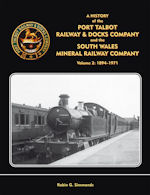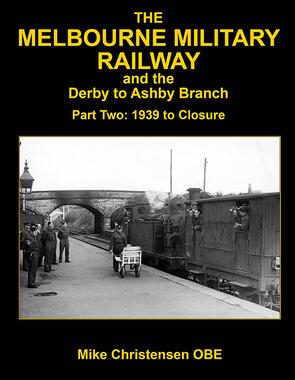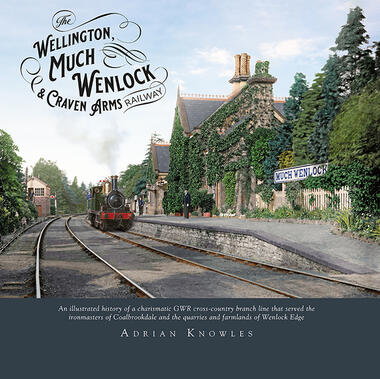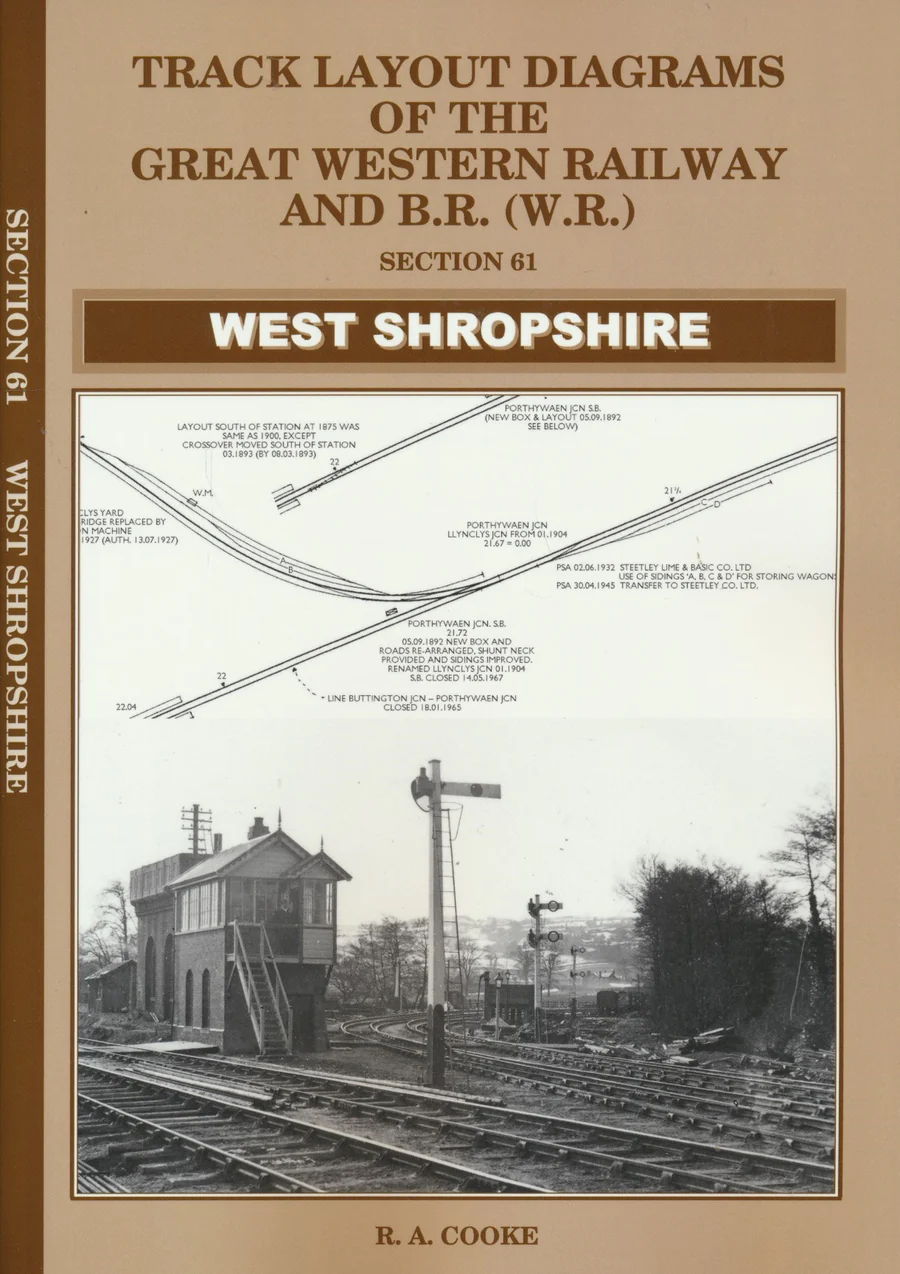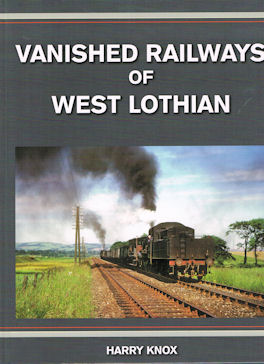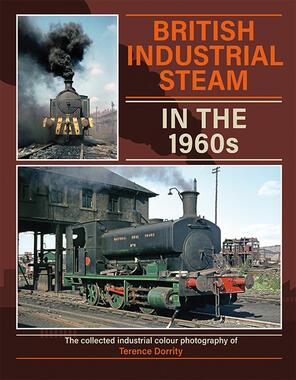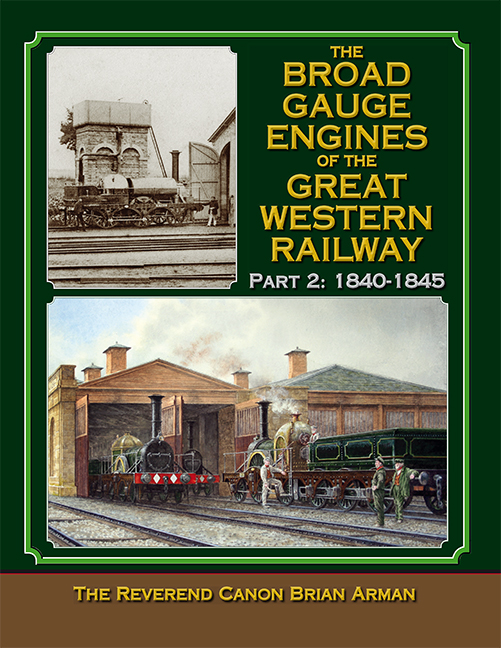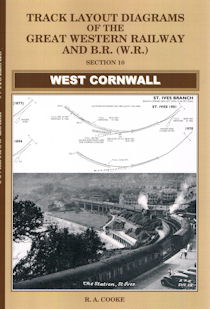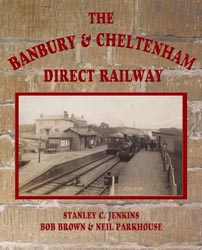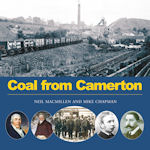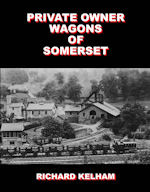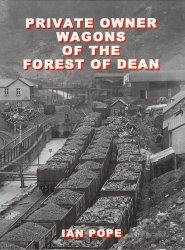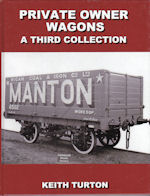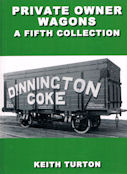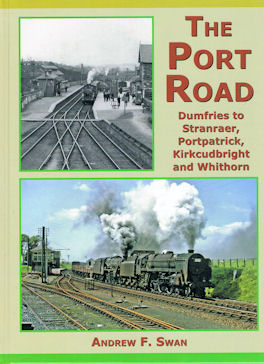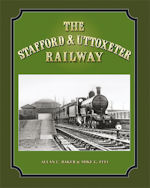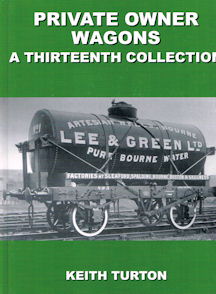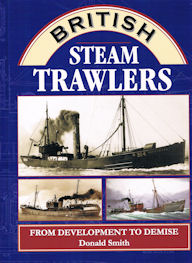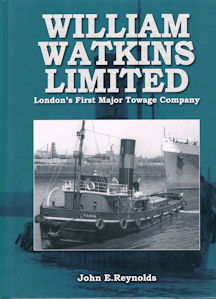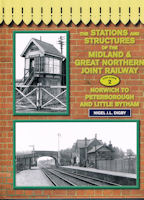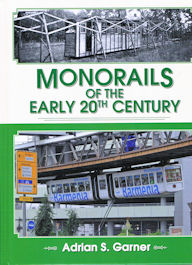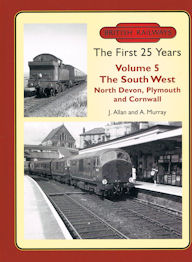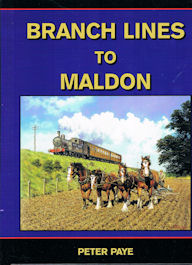Scottish Traders’ Wagons Volume One History and Traders A to D ...
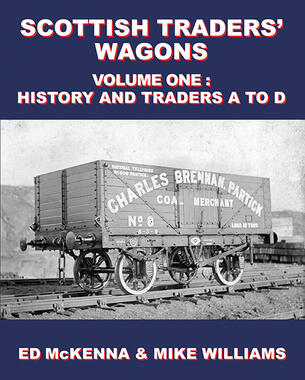
Condition: New - Excellent
Published by: Lightmoor Press
Author: Ed McKenna & Mike Williams
Scottish Traders’ Wagons Volume One History and Traders A to D NOW IN STOCK
296 pages. 275x215mm. Printed on gloss art paper, casebound with printed board covers.
Over 50,000 traders’ wagons were registered by the Scottish railway companies post-1889, and many more built prior to registration remained in traffic into the 20th Century. In this and two forthcoming volumes an attempt has been made to identify every Scottish user of traders’ wagons in the period c1845 to 1948. This volume opens with general information about the Scottish traders, their often-fraught relationship with the railway companies and the legal and regulatory context under which they operated, which differed from elsewhere in the UK. The next chapter provides information about the builders who supplied the wagons, sources of finance, the geographical distribution of the wagons and their use. The wagons registered with each Scottish railway company are then discussed up to the Grouping in 1923 and through to nationalisation. The third chapter gives technical information on the wagons themselves from the earliest days through to the specifications published by the Railway Clearing House (RCH). It reveals that the Caledonian and North British issued their own ‘approved designs’ in lieu of the first specification and highlights some details which mark out a wagon as built for a Scottish trader. The remaining four chapters begin an alphabetical directory of traders, which will continue over the other two volumes. Coal merchants ranged from local one-man, and sometimes one-woman, bands to large concerns owning many wagons and trading from multiple locations. Wagon hire was a particular characteristic of this group, which meant that a wagon could carry up to three or sometimes more liveries during its working life. Coal and ironmasters owned collieries, iron ore deposits and blast furnaces, and they often exported coal. Their wagon fleets were larger; the Fife Coal Company, the biggest of them all, owned more than 7,000 wagons over the years as a result of business takeovers. The directory also deals with papermakers, textile manufacturers, oil and chemical traders, brewers and distillers, as well as municipal undertakings such as gasworks and quarries. Finally, a comprehensive list of primary source material is provided, in the hope that others may be stimulated to research this fascinating and very complicated subject.
Please contact us for a quote for shipping outside the UK Mainland before ordering.


